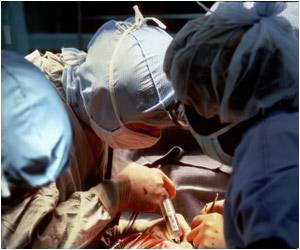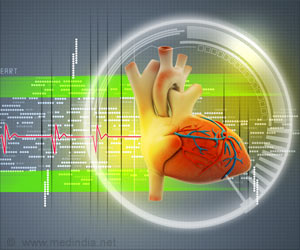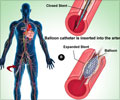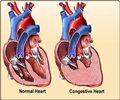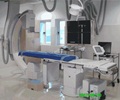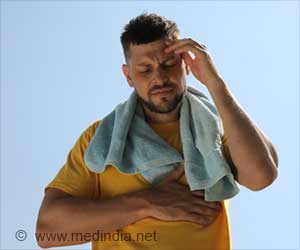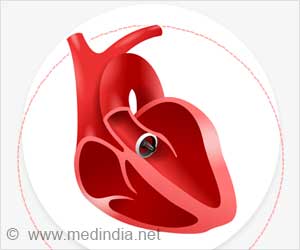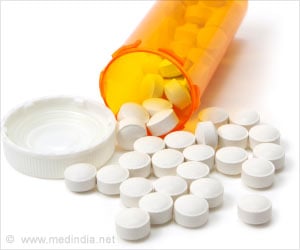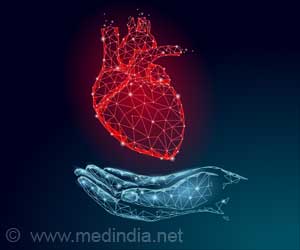Smartphone camera can function as photo-plethysmograph which can evaluate the adequate blood flow in patients scheduled for cardiac catheterization or angioplasty. A normal plethysmograph measures changes in blood pressure.

‘Smart phone camera can act as a photoplethysmograph which can assess the availability of adequate blood flow in patients scheduled for cardiac catheterization via ulnar artery access.’





Patients who are going to undergo coronary angiography are usually evaluated for a primary transradial access. The palpation of a good volume radial pulse is an strong indicator of ease of transradial angiogram.The presence of a good volume pulse and the adequacy of collateral circulation, assessed using Allen's test is advisable for operators who are going to progress with transradial route angiogram.
Appearance of a good plethysmographic waveform on release of ulnar arterial compression, while maintaining the radial compressions is usually observed. This test is usually performed by a physician to assess adequate collateral supply from the ulnar artery.
These findings highlight the potential of smartphone applications to help physicians make decisions at the bedside. "Because of the widespread availability of smartphones, they are being used increasingly as point-of-care diagnostics in clinical settings with minimal or no cost," says Dr. Benjamin Hibbert of the University of Ottawa Heart Institute, Ottawa, Ontario. "For example, built-in cameras with dedicated software or photodiode sensors using infrared light-emitting diodes have the potential to render smartphones into functional plethysmographs [instruments that measure changes in blood flow]."
The researchers compared the use of a heart-rate monitoring application (the Instant Heart Rate application version 4.5.0 on an iPhone 4S) with the modified Allen test, which measures blood flow in the radial and ulnar arteries of the wrist, one of which is used to access the heart for coronary angiography.
Advertisement
"The current report highlights that a smartphone application can outperform the current standard of care and provide incremental diagnostic yield in clinical practice," writes Dr. Hibbert, with colleagues.
Advertisement
"Although this application is not certified at present for use in health care by any regulatory body, our study highlights the potential for smartphone-based diagnostics to aid in clinical decision-making at the patient's bedside," concludes Dr. Hibbert.
The health care profession and regulatory agencies should proactively address the challenges associated with bringing mobile health (mHealth) solutions into practice to maximize their benefits, writes Dr. Kumanan Wilson, of The Ottawa Hospital and the University of Ottawa, in a related commentary.
"Referred to as a new industrial revolution, the impact of digital technologies will be both disruptive and transformative," he writes. "The continued maturation of technologies, such as artificial intelligence, virtual reality and blockchain, will further expand the possibilities for mHealth in both diagnosis and treatment in health care."
Source-Eurekalert



